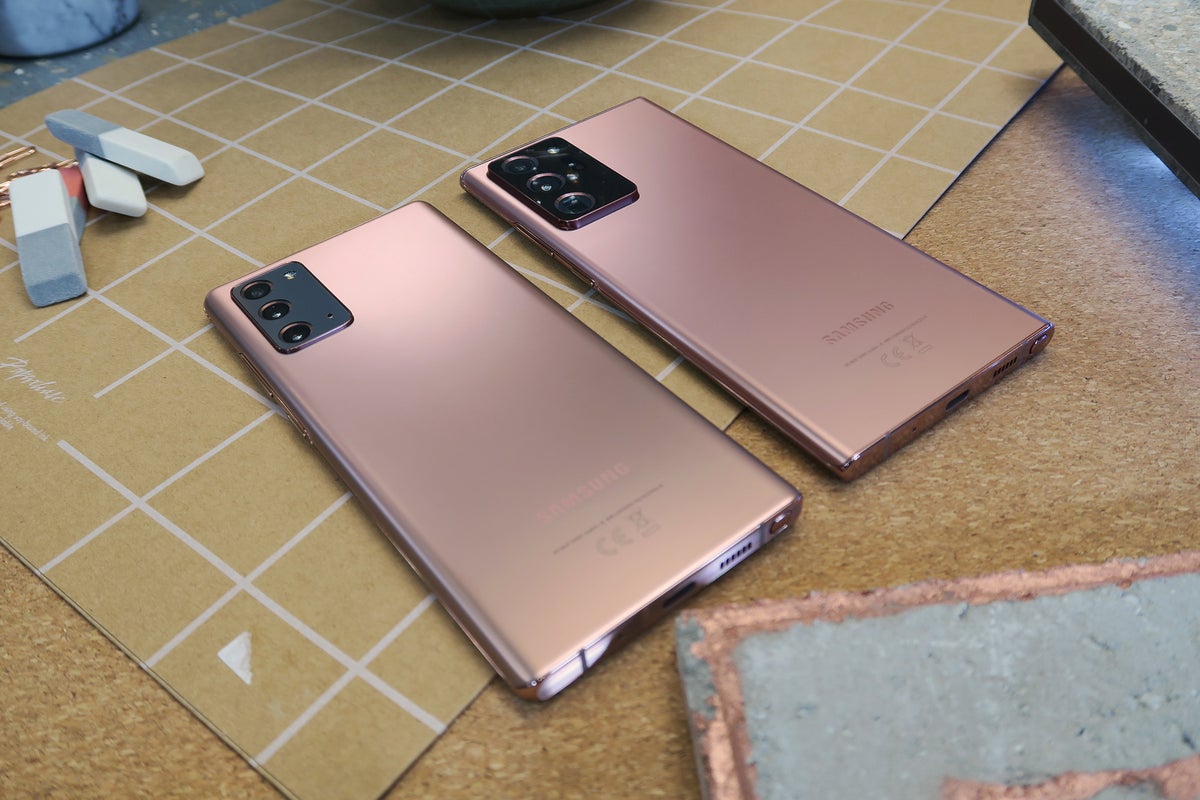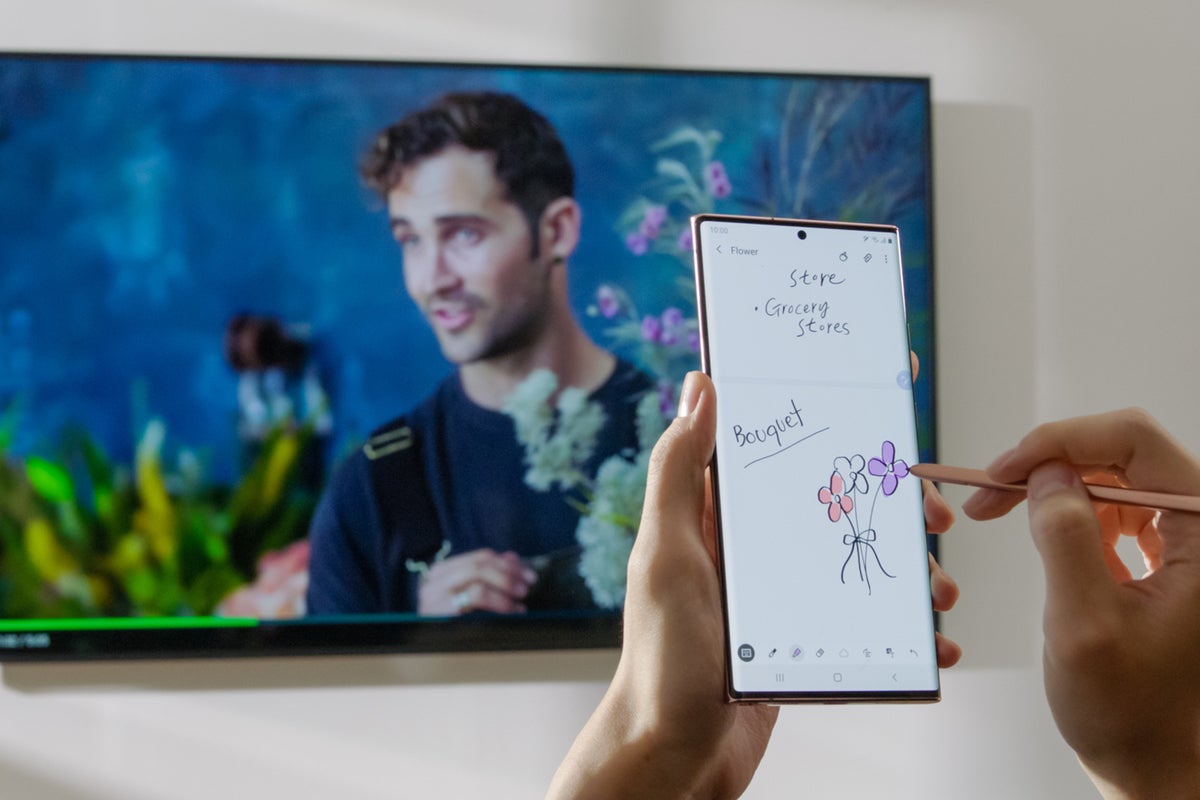The Galaxy Note 20 Ultra is without a doubt the best phone Samsung has ever made. It’s loaded with the specs and features that Android enthusiasts and Note loyalists want and need and can take on any and all contenders, including the upcoming iPhone 12 Pro Max. There really isn’t a thing I’d change about it—even the $1,300 price tag is somewhat more palatable than the $1,400 Samsung charges for the Galaxy S20 Ultra.
And yet, I’m finding a hard time justifying its existence. As the designs, performance, and features for Samsungs two flagship lines continue to blur, the difference between the flagship Galaxy Note and Galaxy S phones has become little more than the S Pen. Take a look at the specs for the two phones:
Galaxy S20 Ultra
- Dimensions: 166.9 x 76.0 x 8.8mm
- Display: 6.9-inch WQHD, 3200×1440, 120Hz, 496ppi
- Processor: Snapdragon 865
- RAM: 12GB LPDDR5
- Storage: 128GB/512GB
- Front camera: 40MP, f/2.2
- Rear camera: 12MP ultra-wide, f/2.2 + 108MP wide, f/1.8, OIS, + 48MP telephoto, f/3.5
- Battery: 5,000mAh
Galaxy Note 20 Ultra
- Dimensions: 164.8 x 77.2 x 8.1mm
- Display: 6.9-inch WQHD, 3088×1440, 120Hz, 511 ppi
- Processor: Snapdragon 865+
- RAM: 12GB LPDDR5
- Storage: 128GB/512GB
- Front camera: 10MP, f/2.2
- Rear camera: 12MP ultra-wide, f/2.2 + 108MP wide, f/1.8, OIS, + 12MP telephoto, f/3.0
- Battery: 4,500mAh
Those are extremely similar phones. So much so, in fact, that I don’t even understand why the Galaxy S20 Ultra costs $100 more than the Galaxy Note 20 Ultra. You’re getting a higher-resolution telephoto lens with twice as much Space Zoom (100X vs 50X), a bit more battery, and a few more pixels, but basically the phones are identical aside from their shape. Inadvertent or not, Samsung pitted them as direct competitors and made the decision to buy one over the other extremely difficult in the process.
 Alex Todd/IDG
Alex Todd/IDG
The note Galaxy Note 20 Ultra (right) looks fantastic, but it’s somewhat redundant at this point.
So why does the Galaxy Note 20 Ultra need to exist? Purists will point to the S Pen, of course, and Samsung has certainly leaned into its mighty stylus as the Note has matured. After gaining Bluetooth last year and Air Actions for remote control of apps, this year’s S Pen doubles down on its capabilities with navigation controls and gestures for common tasks such as back, forward, home, and recents. More importantly, the S Pen’s latency has also been dramatically reduced to 9ms, which matches the phenomenal Apple Pencil.
True to its name, Samsung’s Notes app has gotten an overdue upgrade as well to take advantage of the new phone’s capabilities, finally adding live sync as well as improved handwriting recognition, and the ability to annotate notes with recorded audio. You can also import and mark up PDFs, and there’s also a new folder structure to make it easier to find and organize things. And DeX users can wirelessly connect to an external monitor so you don’t need a USB-C-to-HDMI cable anymore.
 Samsung
Samsung
Wireless DeX is cool but it should be an S20 feature too.
The Galaxy Note 20 Ultra also has a new ultra wideband (UWB) chip to boost the capabilities of Nearby Share. All you’ll need to do to share a file is point your Note 20 Ultra at “other UWB equipped Galaxy devices” to automatically get a list of recipients. It could also one day function as a digital key like Apple’s U1 chip in the iPhone 11.
Don’t get me wrong, those are some truly excellent features. But continuing to separate its two most expensive phones mainly on the basis of a stylus is silly. Where’s wireless DeX in the Galaxy S20? Or the UWB chip? And why not let Galaxy S owners take advantage of the S Pen too? Even if it’s an optional accessory like the Apple Pencil, I’m sure plenty of Galaxy S20 users would jump at the chance to buy an S Pen—which Samsung sells for a very reasonable $30—even if they needed to carry it separately or buy a special case to attach it.
Feature drop, Samsung style
Two separate lines just aren’t necessary anymore. There’s too much redundancy, too much confusion, and too much of a feeling that Samsung is purposefully elevating some features and holding back others to keep the lines as separate as possible. But even without an S Pen, the Galaxy S20 is as much of a productivity phone as the Galaxy Note 20, and there’s nothing the S20 can do that the Note 20 can’t.
 Samsung
Samsung
The Note 20 Ultra has a lot of great features, but there’s no reason they can’t come to the Galaxy S—pen and all.
At this point, the Galaxy Note 20 feels like a throwback to a different era. There’s a reason why barely any other phones have styli—they’re just not all that useful. As screens have gotten bigger and faster, the need for fine control has become less necessary. Seriously, who is actually using their S Pen as a remote control more than very occasionally, if that?
Samsung has a chance to truly break not just its own smartphone mold but also set a new tone for premium smartphones. Instead of forcing two launches every year, Samsung could launch one phone with the best parts of both and focus on improving it as the year goes on. Google has started doing quarterly feature drops to keep its Pixel phones fresh, and Samsung could easily do the same to spur sales leading into the holidays.
Maybe the Galaxy S20 even gets a better processor after six months, some new features, a lower price—anything to keep it fresh. Samsung could hold an Unpacked and everything to drum up hype and headlines, while simultaneously extending the life of the Galaxy S and keeping its most loyal fans happy. And it might just remove its biggest competitor in the process.
